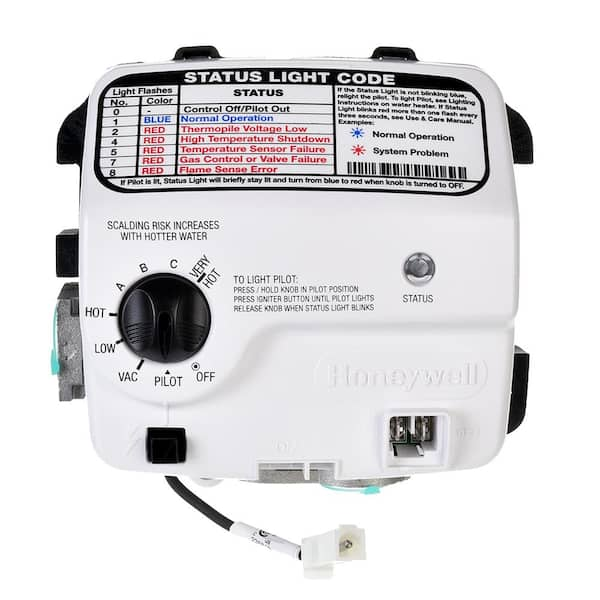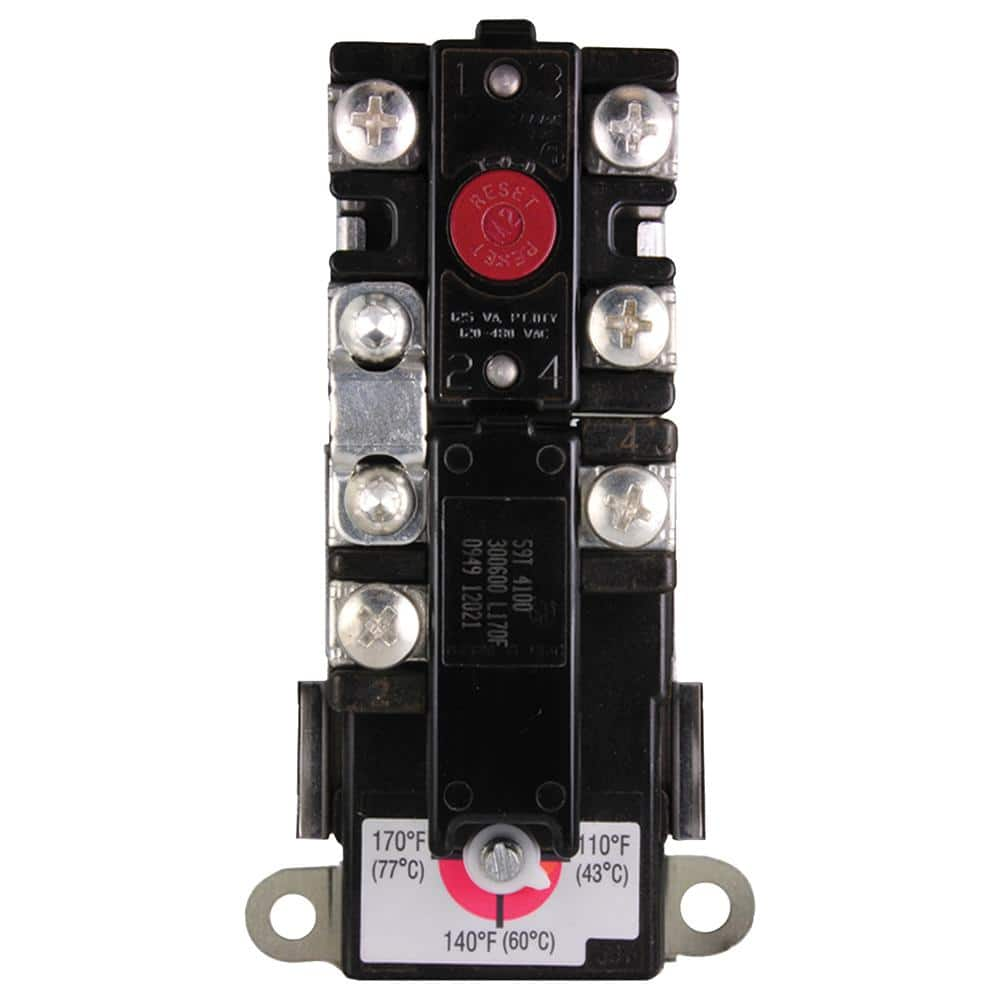Looking for the Rheem water heater thermostat location? You’ve come to the right place.
Whether you’re trying to adjust the temperature, troubleshoot an issue, or simply want to understand your water heater better, knowing where to find the thermostat is crucial. Imagine the satisfaction and peace of mind you’ll have when you can confidently manage your water heater settings on your own.
This guide is designed to help you easily locate the thermostat on your Rheem water heater without any hassle. Stay with us, and you’ll soon be equipped with the knowledge to handle your water heater like a pro.

Credit: www.homedepot.com
Page Contents
Locating Rheem Thermostat
Rheem water heaters come in many models. Common models have their thermostats in easy spots. Most thermostats are near the bottom of the heater. This makes them easy to reach. Rheem models often have clear labels. Look for the thermostat under a small panel. This panel usually has screws.
Electric heaters have their thermostats behind a panel. This panel is often near the bottom. Find the thermostat by removing the panel. Use a screwdriver to open it. Electric models may have two thermostats. One at the top and one at the bottom.
Gas heaters have thermostats in different spots. Look for them near the gas control valve. This valve is usually at the front. Gas heaters may have a knob. This knob is part of the thermostat. It helps set the temperature.

Credit: www.youtube.com
Accessing The Thermostat
Wear safety gloves before starting. Turn off the power to avoid shocks. Ensure the area is dry and well-lit. Keep children away from the workspace. Use caution when touching wires and parts.
- Phillips screwdriver
- Flathead screwdriver
- Multimeter for testing
- Safety goggles
- Torch for better visibility
Locate the panel on the front of the heater. Use a screwdriver to remove the screws. Lift the panel carefully. Spot the thermostat inside. Check the wires for safety. Adjust the thermostat as needed.
Troubleshooting Thermostat Issues
The water is not hot. It stays cold or lukewarm. This is a clear sign. Sometimes, the water gets too hot. It can be dangerous. You might hear strange noises. The heater makes odd sounds. These are warning signs. The thermostat might be faulty. You should check it soon.
Start with a simple check. Look at the power supply. Is it connected? Ensure the circuit breaker is not tripped. Next, adjust the thermostat settings. Change the temperature a bit. Sometimes, cleaning helps. Dust can block the thermostat. Use a soft cloth to clean. Make sure the heater is off first.
Some problems are hard to fix. If the water stays cold, call for help. If you smell gas, act fast. This is very serious. Another sign is leaking water. This needs a professional. It’s best to stay safe. Always ask an expert when unsure.

Credit: www.homedepot.com
Maintaining Your Water Heater
Inspect your water heater every few months. Check for leaks and rust. Make sure valves are tight and secure. Look at the pipes for any signs of damage. Listen for strange noises coming from the heater. These sounds can mean problems. Always be safe. Turn off the power before checking.
Cleaning the thermostat is important. Dust can cause issues. Use a soft cloth to clean it. Adjusting the thermostat keeps water at a good temperature. Set it to 120 degrees for safety. Lower settings save energy. High settings can cause burns. Be careful when adjusting.
Simple steps can help your heater last longer. Regular maintenance is key. Flush the tank yearly. This removes sediment. Sediment buildup can harm the heater. Check the anode rod every few years. Replace it if corroded. This rod protects the tank from rust.
Conclusion
Finding the Rheem water heater thermostat location is simple. Knowing this helps with maintenance and repairs. It ensures efficient water heating. Regular checks keep your heater in top condition. A well-maintained thermostat saves energy and money. Remember to turn off power before adjustments.
Safety first! Consult the manual for detailed instructions. If unsure, seek professional help. This ensures everything works smoothly. Proper care extends your heater’s life. Enjoy consistent hot water with peace of mind. Happy heating!
